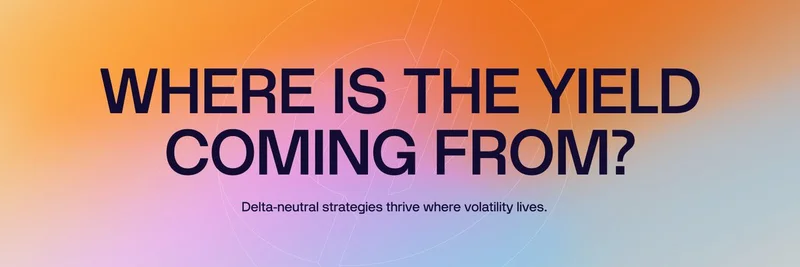In the ever-evolving world of cryptocurrency, one tweet has sparked a fascinating discussion about the industry's biggest paradox: why doesn't crypto attract more top-tier talent despite offering mind-blowing rewards? A recent post by Saneel (@sanlsrni) builds on insights from kel (@kelxyz_) , highlighting how status—or the lack thereof—is holding back the space from reaching its full potential.
The Lopsided Reward System in Crypto
Crypto stands out as an industry where being even moderately skilled can lead to extraordinary financial gains. As kel points out in the original thread, the returns for 90th-percentile talent—whether in trading, development, business development, or product management—are astronomically higher than in traditional fields. And for the elite 99th percentile? You could bootstrap a company from zero to a staggering $50 billion in peak value in just two years.
Yet, despite this "gigantic golden carrot," the influx of real talent remains surprisingly low. Instead of diving into global cryptographic markets, many prefer the stability and prestige of established tech ventures in places like San Francisco. Why? It boils down to status. Crypto's reputation is often seen as "F-tier" compared to the polished image of traditional finance or big tech. People would rather chase illiquid shares in venture-backed startups than embrace the wild, decentralized world of blockchain.
Status as the Ultimate Incentive
Saneel expands on this by calling crypto the "greatest status arb in modern history." On one side, you're met with skepticism and dismissal from tech elites who write off the entire space. On the other, institutional adoption is surging, forcing even the doubters to reconsider. But the average talent level in crypto? It's often "pretty abysmal" across categories, according to Saneel.
This status barrier is mimetic—it's contagious and hard to shake. However, history shows that when projects do attract high-caliber outsiders, they thrive. Take Solana as a prime example: by drawing in experts from high-frequency trading (HFT) backgrounds, it built a robust ecosystem that outpaced competitors. The key takeaway? Projects need to destigmatize crypto and make it appealing to net-new talent from fields like AI and DeFi.
For blockchain practitioners, this means focusing on initiatives that bridge the gap. Teams that succeed in pulling in fresh expertise not only innovate faster but also expand user bases and attract capital. It's a cycle: better talent leads to better products, which in turn boosts reputation and draws even more talent.
How This Plays Out in the Meme Token World
At Meme Insider, we're all about meme tokens, and this talent paradox hits especially hard here. Meme coins epitomize crypto's lopsided rewards—anonymous developers can launch a token that moons to billions in market cap overnight, often with minimal technical prowess. But without top talent, many projects fizzle out, plagued by rug pulls, poor execution, or lack of innovation.
Imagine applying this status arbitrage to memes: what if elite AI engineers integrated machine learning for smarter community governance, or DeFi experts built sustainable yield mechanisms into viral tokens? Projects that break the stigma could revolutionize the space, turning meme tokens from pump-and-dump schemes into legitimate cultural and financial phenomena.
Saneel urges us to watch projects attracting talent outside the "CT bubble" (Crypto Twitter). These are the ones poised for real growth, bringing in users and capital that expand the ecosystem. For meme token enthusiasts, this could mean scouting for teams with verifiable backgrounds in tech or finance—signals of that elusive top-tier influx.
Looking Ahead: Bridging the Talent Gap
The conversation around status and incentives isn't just theoretical; it's a call to action for the crypto community. By improving crypto's image—through better education, regulatory clarity, and showcase successes—we can lower the status barrier. Initiatives like Ritual (@ritualfnd), mentioned in Saneel's bio, are already working on this by building and investing in innovative spaces.
For anyone in blockchain, whether you're a dev, trader, or meme token hunter, understanding this dynamic is crucial. It explains why some projects skyrocket while others stall, and it highlights opportunities to get ahead by betting on talent-driven innovations.
What do you think? Is status really the biggest hurdle in crypto, or are there other factors at play? Drop your thoughts in the comments below, and stay tuned to Meme Insider for more insights on how these trends shape the meme token landscape.



